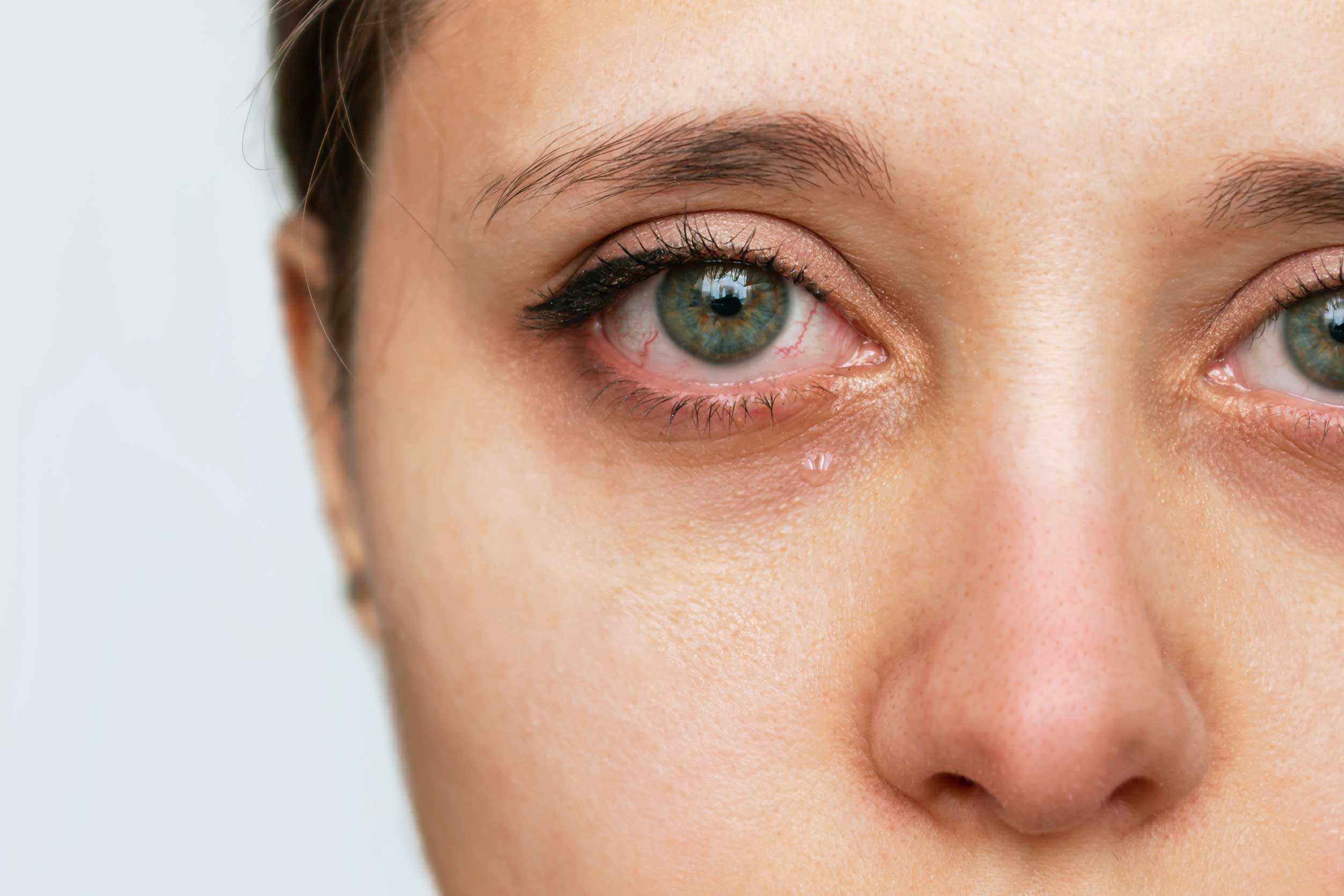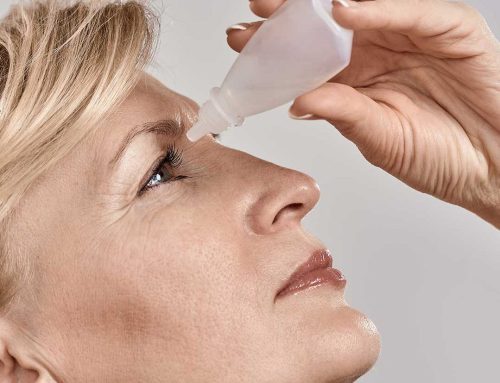
Understanding the Different Types of Dry Eye
A Comprehensive Guide
Eye Health | by Dr. Anita Narang
Dry eye is a common condition that affects millions of people worldwide. It’s more than just an occasional irritation; for many, it’s a chronic issue that can significantly impact their quality of life. Understanding the different types of dry eye is the first step toward effective treatment and relief. At Island Eyecare, we believe in educating our patients about their conditions to empower them with knowledge and provide the best care possible.
There are two primary types of dry eye: Aqueous Deficient Dry Eye and Evaporative Dry Eye. Each type has different causes and requires different treatment approaches.
Aqueous Deficient Dry Eye
This type occurs when the lacrimal glands fail to produce enough tears to keep the eyes properly lubricated. Causes can include aging, certain medications, or autoimmune disorders such as Sjögren’s syndrome. Symptoms include dryness, redness, a gritty sensation, and blurred vision.
Evaporative Dry Eye
Evaporative dry eye is more common and occurs when the tears evaporate too quickly. This can be due to Meibomian Gland Dysfunction (MGD), where the glands responsible for producing the oily layer of the tear film become blocked or dysfunctional. Environmental factors, such as prolonged screen time or exposure to dry, windy conditions, can also exacerbate this condition.
Symptoms and Diagnosis
Both types of dry eye can cause similar symptoms, including redness, irritation, a burning sensation, and a feeling of something being stuck in the eye. Diagnosing the type of dry eye you have is crucial because it determines the most effective treatment. At Island Eyecare, we use advanced diagnostic tools to evaluate your tear production and quality, helping us identify the underlying cause of your symptoms.
Treatment Options
Treatment varies depending on the type of dry eye. Aqueous deficient dry eye may be managed with artificial tears or medications that stimulate tear production. Evaporative dry eye often requires treatment of Meibomian Gland Dysfunction through therapies like warm compresses and more advanced treatments like InMode’s Forma-I.
Understanding the type of dry eye you have is key to finding relief. At Island Eyecare, we offer comprehensive dry eye evaluations and personalized treatment plans to address the root cause of your symptoms. Schedule an appointment with us today to start your journey to healthier, more comfortable eyes.
Dr. Anita Narang





